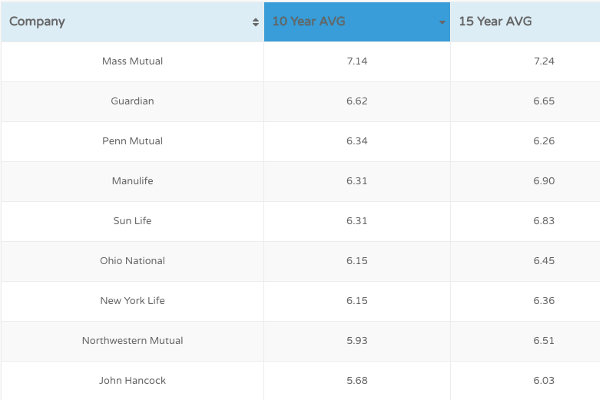When it comes to securing the financial future of your loved ones, life insurance is a critical consideration. Among the various types of life insurance policies available, whole term life insurance stands out as a unique option that combines the benefits of coverage for your entire lifespan with predictable costs. This article delves deep into what whole term life insurance entails, how it differs from other policies, and the factors influencing its costs.
Furthermore, one of the most attractive features of whole term life insurance is its cash value component. This aspect functions like a savings account, accumulating value over time that policyholders can borrow against or withdraw if necessary. The cash value grows at a guaranteed rate, providing a safety net that can be tapped into during financial emergencies. This dual benefit of lifelong coverage and cash value growth makes whole term life insurance a compelling choice for those looking for a long-term financial strategy.
On the other hand, whole life insurance can be significantly more expensive€”often 5 to 7 times the premium of term life insurance. This higher cost is attributed to the lifetime coverage and cash value accumulation. It's important to note that while the upfront costs may be daunting, the long-term benefits of whole life insurance often outweigh the initial financial commitment.
Before making a decision, it's crucial to evaluate your financial situation, consider your family's needs, and consult with a knowledgeable insurance agent. By understanding the intricacies of whole term life insurance, you can ensure that you choose the policy that best aligns with your financial goals and provides peace of mind for you and your loved ones.
What is Whole Term Life Insurance?
Whole term life insurance is a form of permanent life insurance that guarantees coverage for the policyholder's entire life, as long as premiums are paid. Unlike term life insurance, which provides coverage for a specified period, whole life insurance ensures that a death benefit will be paid out to beneficiaries upon the policyholder's death, regardless of when that may occur. This inherent certainty is one of the primary reasons many individuals opt for whole life policies.Furthermore, one of the most attractive features of whole term life insurance is its cash value component. This aspect functions like a savings account, accumulating value over time that policyholders can borrow against or withdraw if necessary. The cash value grows at a guaranteed rate, providing a safety net that can be tapped into during financial emergencies. This dual benefit of lifelong coverage and cash value growth makes whole term life insurance a compelling choice for those looking for a long-term financial strategy.
How Does Whole Term Life Insurance Compare to Other Policies?
When considering life insurance options, it's essential to understand how whole term life insurance compares to other types of policies. The most notable comparison is with term life insurance, which typically offers lower premiums but only provides coverage for a specified term, usually ranging from 10 to 30 years. The primary advantage of term life insurance is its affordability; however, once the term expires, policyholders cannot guarantee continued coverage unless they purchase a new policy at a potentially higher rate due to age or health changes.On the other hand, whole life insurance can be significantly more expensive€”often 5 to 7 times the premium of term life insurance. This higher cost is attributed to the lifetime coverage and cash value accumulation. It's important to note that while the upfront costs may be daunting, the long-term benefits of whole life insurance often outweigh the initial financial commitment.
Whole Term Life Insurance: Understand the Costs and Benefits!
Click below to get a Quote Now!
Get Me A QuoteFactors Influencing Whole Term Life Insurance Costs
Several factors significantly impact the cost of whole term life insurance. Understanding these can help potential policyholders make informed decisions about their coverage.- Age and Health Status
- Coverage Amount
- Insurance Provider
- Cash Value Growth
Conclusion: Is Whole Term Life Insurance Right for You?
In summary, whole term life insurance is a robust financial tool that provides lifelong coverage along with a cash value component. While the costs may be higher compared to term life insurance, the certainty of a death benefit and the potential for cash value growth can justify the investment for many individuals.Before making a decision, it's crucial to evaluate your financial situation, consider your family's needs, and consult with a knowledgeable insurance agent. By understanding the intricacies of whole term life insurance, you can ensure that you choose the policy that best aligns with your financial goals and provides peace of mind for you and your loved ones.




